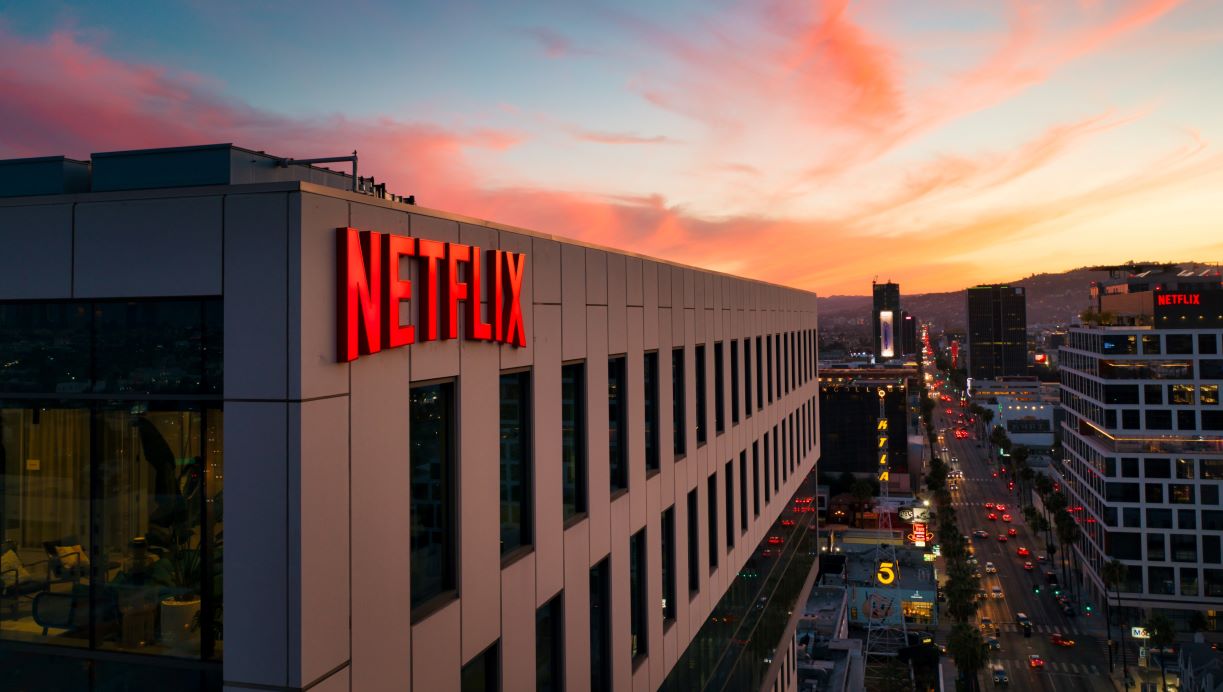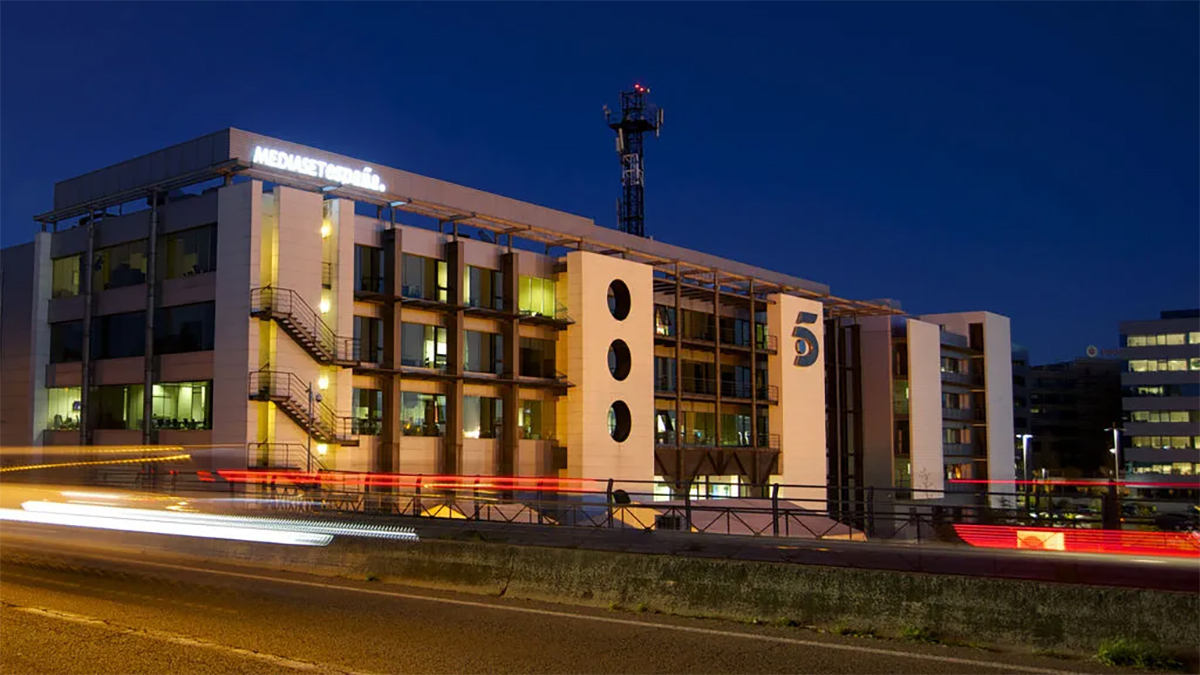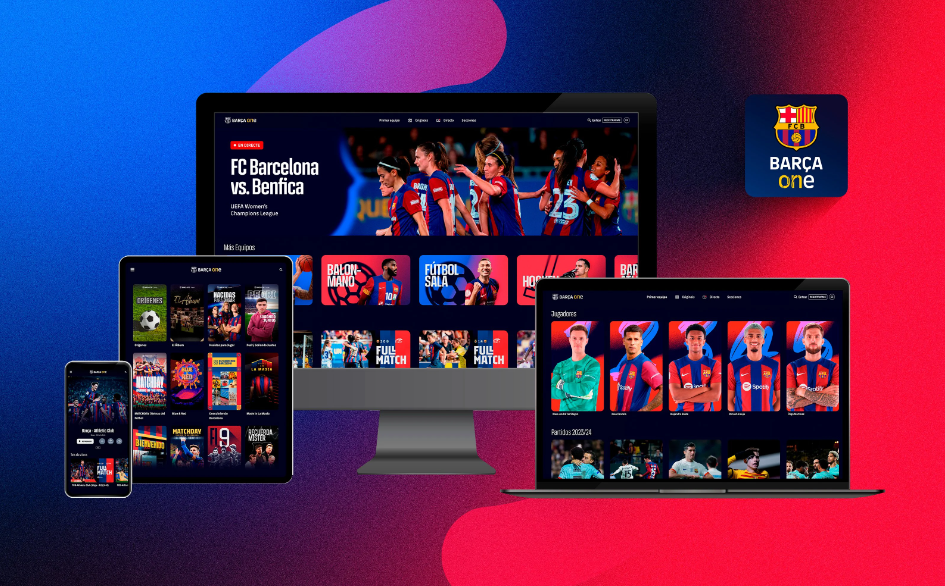 The last decade in digital advertising has revolved heavily around media targeting, where advertisers have focused primarily on targeting digital ads as closely as they can towards specific audiences says Alex Collmer, founder and CEO of intelligent creative platform VidMob. But with privacy changes under way, Collmer believes marketers will have to lean more heavily into optimising their creative output, as they’re no longer able to refine their media targeting parameters in the same way.
The last decade in digital advertising has revolved heavily around media targeting, where advertisers have focused primarily on targeting digital ads as closely as they can towards specific audiences says Alex Collmer, founder and CEO of intelligent creative platform VidMob. But with privacy changes under way, Collmer believes marketers will have to lean more heavily into optimising their creative output, as they’re no longer able to refine their media targeting parameters in the same way.
VidMob closed a $50 million Series C funding round last month, and believes it is set to capitalise on this trend. VideoWeek spoke with Collmer as well as César Melo, president of International and a board advisor for VidMob, to hear more about the impact of privacy changes on the industry, and how VidMob is approaching connected TV.
How has VidMob changed over the past few years?
Alex: If we roll back to 2017, VidMob at the time was really entirely a creative marketplace – a workflow platform to make scaled creativity easier, and more efficient. So we built technology for that platform which made it easier for companies to create the scale of video content they need across the different social platforms.
As part of that, we began integrating with the various ad APIs on those platforms to make it easier for our clients to run those campaigns. And what that did is open up a flow of performance data on those individual pieces of creative. So we started looking more at the data side, and bringing that together with the creative side.
Then we started getting interested in how machine learning was accelerating advances with things like computer vision, optical character recognition, and natural language processing. We started thinking about how these technologies could let us programmatically unpack the creative attributes, frame by frame, of any piece of content that we were touching.
So we started building out the capability to chronicle all the things happening in a piece of creative, and compare that attribute data to performance and behaviour data sets. Now that’s become what we call our intelligent creative business.
And that’s probably the primary way we’ve changed. VidMob has become quite a sophisticated data business that generates insights on why ads work or don’t work – and then that data ties back to our creative marketplace.
Lots of social platforms now have basic tools to help advertisers very quickly create an ad which suits their platform. What do you make of those tools?
Alex: I think those tools are wonderful. The important thing to note is that there’s an entire continuum of marketers using Facebook and Google, and very large numbers of those are spending small amounts on their campaigns. So for those entry-level marketers, those template type tools are actually quite useful.
But as businesses grow, and as they start to generate real revenue, they get to a point where they want to start building brand identity and brand loyalty, and they need ads which help them stand out.
So we see those tools as essentially gateway experiences. Eventually brands get to a point where they’re saying “actually, we need something that’s unique to us, and doesn’t look the same as the content put out by 4,000 other t-shirt companies”.
The true single-store business with $5,000 a year for marketing will benefit from those templates. But a business with a quarter of a million marketing budget really needs something unique to them, and they need data on how that creative can perform even better.
How much variation do you see between what works well on different social platforms? Are there for what works on social at a general level?
Alex: Without question, there’s a lot of variation. I think some marketers mistake things like TikTok, Snapchat and Instagram Stories as essentially the same because they’re formatted similarly. But they’re three entirely different platforms, and creative that works on one is likely not to work on the other two.
Best practices also vary by product category. What works for CPG, food, beverages, auto or beauty will be different. And even down to the brand specific level, there are pretty distinct differences.
Of course over the past year we’ve also seen that best practices aren’t static. These things move, they ride culture like a wave, and best practices changed over the course of the pandemic as circumstances changed.
César: Variations even happen by country. We’ve seen campaigns which might work well in Germany, but which are counter-productive in Turkey. And language variations can have a big impact too.
I saw a report from one of our major brand partners last month where they compared ads on Facebook and Instagram, where the same six-second spot was used for both. And there was a massive difference in performance.
What we’ve really learned is it’s almost like best practices don’t exist anymore. It’s about getting performance data immediately, and using it to figure out what works for your specific brand in each specific market.
One of the challenges with social platforms is that they’re constantly releasing new tools and features which offer opportunities for advertisers, but for which there are not established best practices. Do you think brands should immediately jump on to test these formats and learn on the go?
Alex: First of all, I think it’s worth pointing out just how material a change this is. TV as a single standard format really didn’t change for 70 years. The essential thirty-second ad really didn’t change, and as a marketer you knew what you would get and what would work.
Juxtapose that with how things stand today, where platforms are rolling our new ad formats and capabilities almost weekly. It’s such a massive difference.
We help a lot of the platforms roll out new ad formats – we helped Facebook launch Instagram Stories, and we helped Google with shoppable ads. And in each of these cases where new formats are rolled out, creators don’t know what to create for them and brands don’t know how to use them. Or they don’t even know they exist!
So we fill a role in the middle there, helping train creators and collecting data so that we can quickly understand what works in those formats. A lot of marketers are really eager to be the first to jump on these new features, and we help them get there quickly.
VidMob has started moving into CTV, how does your product differ in that environment?
Alex: We started in the social world, but that’s not because what we do is uniquely made for social. We started there because social platforms had the most advanced ads APIs in the beginning, which gave us that real time flow of performance data.
Now we’ve seen those types of APIs becoming available across the entire digital ecosystem. So it’s not just social, it’s all sorts of programmatic channels, as well as CTV.
We have a relationship with Hulu and Disney, and are expanding into other OTT partnerships. And ultimately we see this ability, to optimise creative in the same way you would optimise media targeting parameters, as being used across all digital marketing channels.
Obviously the data you get back is different. So we’re forming relationships with third-party data vendors like Nielsen and others in the OTT space to help capture that data. And in the CTV world you’re probably looking more at brand metrics and offline sales, and other metrics more relevant to CTV. Those can still give you equally interesting information about creative performance as you’d get from social metrics.
How will the industry’s privacy changes affect your business?
Alex: We’ve never used PII, everything we get back is aggregated and anonymised data, so that part of our business is shielded.
We, as an industry, have relied so heavily on hyper-targeting over the course last decade, it’s really been a decade of media targeting. And if you knew that you could target a message exactly towards people who were basically guaranteed to buy your product, then the creative didn’t really have to be great. So targeting capabilities became a crutch for weak creative.
Now that’s going away. And I think we’re moving from the decade of media targeting to a decade of creative targeting. It’s going to become all the more important now for marketers to create messages which will themselves attract the audience the marketer wants to reach. We see marketers across the spectrum realising that creative is more important than ever, that they need to be able to quickly scale creative across all potential customer bases.
César: I first came across VidMob as a client when I was running content for PepsiCo. And we always did well optimising media targeting and squeezing costs out of that part of the equation. We eventually ran out of room there, and knew that better creative targeting was essential, but we just didn’t have the tools to do it.
So even before these privacy changes, marketers realised that there’s only so much growth you can get out of better media targeting. But now the loss of signals from cookies and IDFA has put the final nail in that coffin, now the only way to optimise is with better creative.
Congratulations on the successful funding round. What’s the plan for the money raised?
Alex: First of all, there will be a heavy focus on R&D and product. About half of our company are engineers, data scientists, data analysts, those sorts of roles. So that piece of the company is going to grow pretty substantially. And we’re also looking at a significant expansion of the work that we’re doing around the world – both in the US and and beyond the US.
César: It’ll be about deepening our partnerships with companies in all markets. When we start working with companies, we’re usually helping them to create better performing content at scale. But the next step beyond that is to transform the ways companies create content altogether.
So with some companies we’re creating virtual in-house studios, and becoming the engine of their creative content, to take away as much friction as possible from the creative process. That’s incredibly exciting for us.
Geographically, we have a lot of business in North America, and we’re growing in LATAM and EMEA. We’ve really just started scratching the surface in Asia and have landed some important business in Australia and Southeast Asia. APAC will be a big priority for us, it’s half the world’s population and the second largest media market in the world.
And many of our clients are global, so they want the ability to take a global campaign and land it in local markets, so that’s what we’re working to provide.




